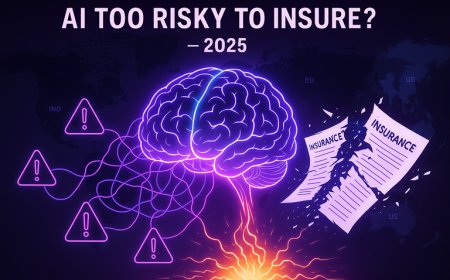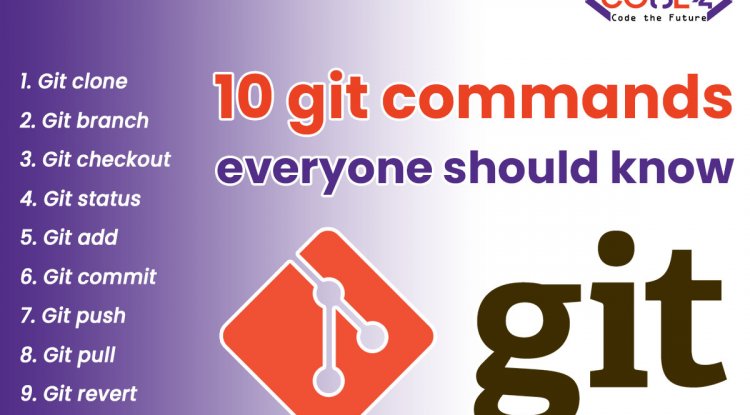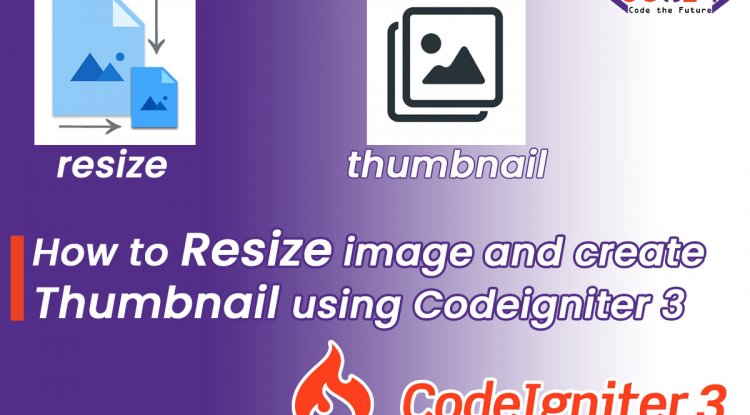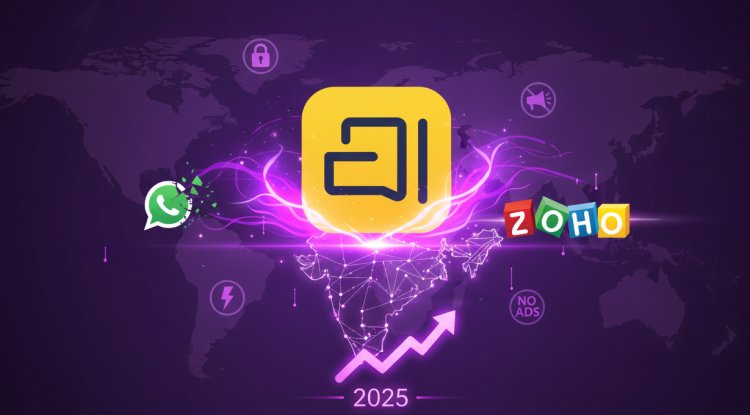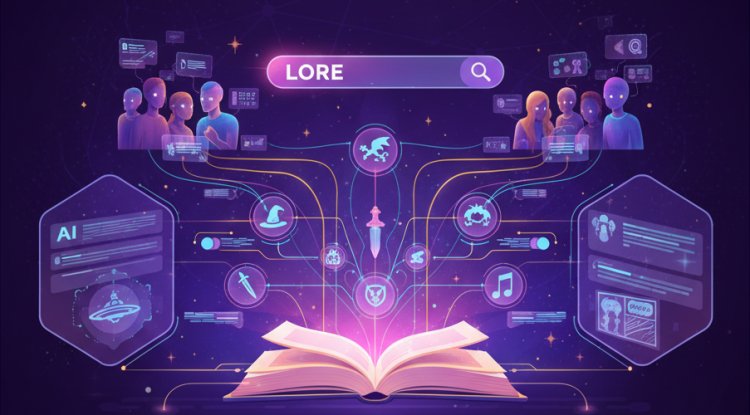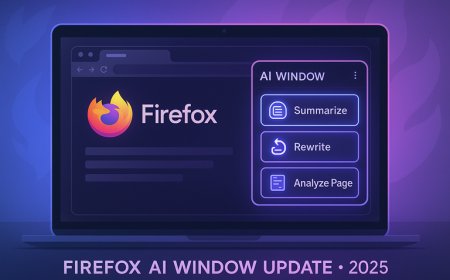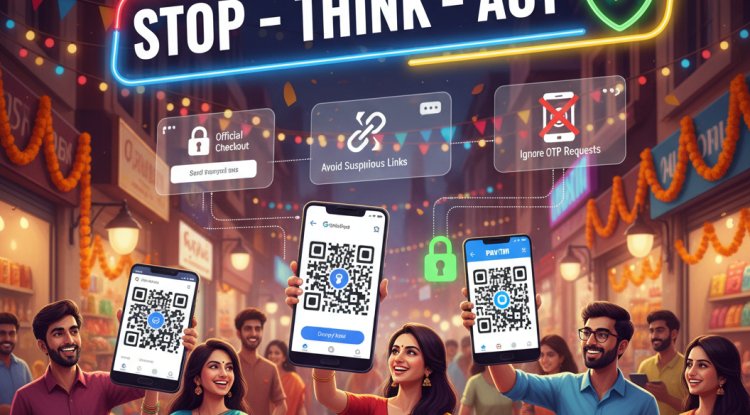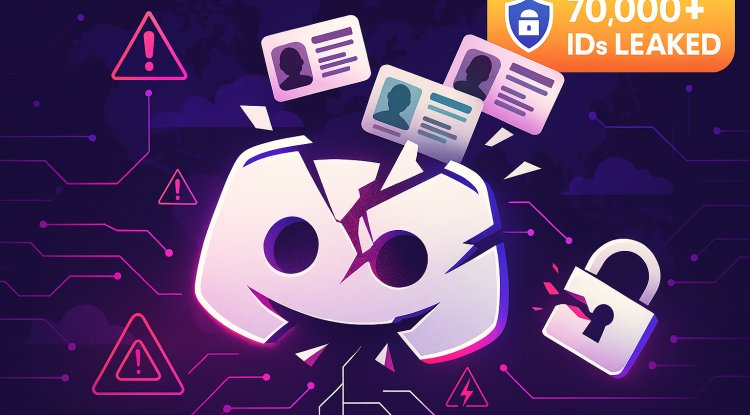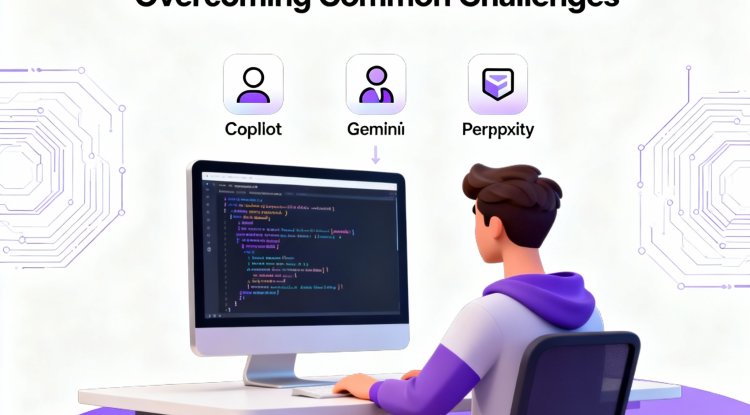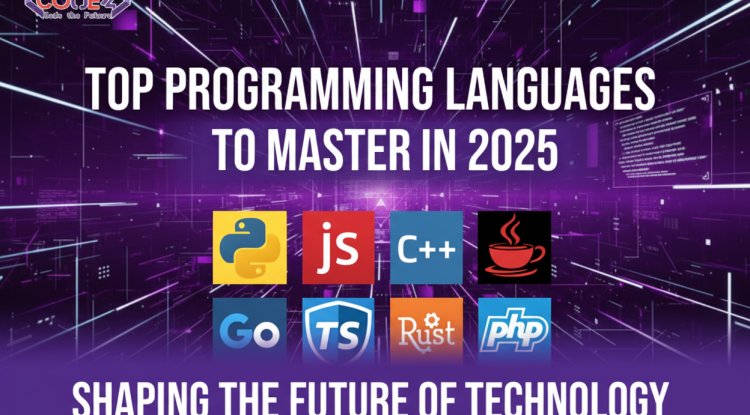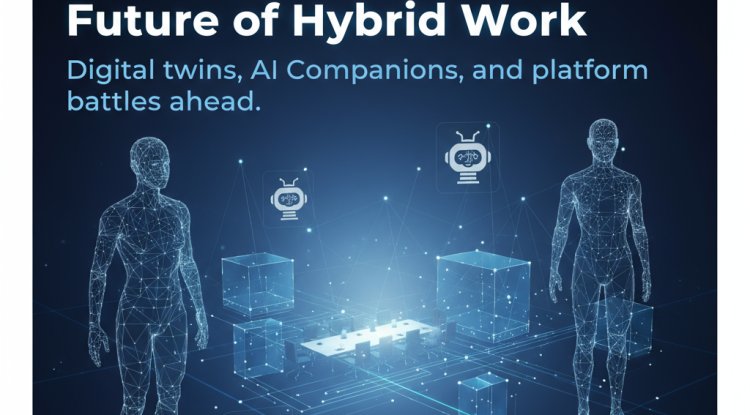Some Important Technical Terms that All Entrepreneurs Should Know to Grow.
Every entrepreneur should be familiar with certain technical terms in order to comprehend the developing technology industry and its significance to their business. Entrepreneur skills & entrepreneurship development are easier with these technical terms.

Every entrepreneur should be familiar with certain technical terms in order to comprehend the developing technology industry and its significance to their business. Terms vary with the entrepreneur types, but here we have discussed those common terms for Entrepreneurship development
- The technology industry is well-known for using acronyms and abbreviations, and many of its most common terms and phrases are industry-specific.
- If you do not have a background in computing or are not well-versed in current digital technologies, technical terms can be intimidating.
- Most likely, you already know a lot of products and services that talk about technology.
- This article is for professionals and business owners who want to learn more about digital technology and for people who are afraid of tech jargon.
The jargon and terminology of each field are distinctive. The technology industry is a prime example, with acronyms, initialisms, references to software, and hardware terms that can make you feel like you're reading or listening to another language. To improve entrepreneur qualities and entrepreneur skills these terminologies are most important which is currently followed by not only entrepreneur of india but the whole world.
Even if you don't run a tech company, technology is probably already a part of how you run your business. Because what an entrepreneur is one who always deals with technical things as we have tech all around us today. Your business's technology tools will be de-mystified, your knowledge base will be expanded, and you will be able to ask the right questions when considering new technology products or services. These terms are the main part of the entrepreneur development programme.
No matter their industry, products, or services, entrepreneurs and small business owners should be familiar with and understand these fifty tech terms. Although we have organized these terms by sector, keep in mind that there is a lot of overlap and that some terms may be applicable to multiple areas for entrepreneur development. These technical terms in research methodology are named below in various sectors.

Management and hosting of websites
Web hosting and management, which many business owners deal with on a daily basis, are referred to by the following terms.
1. Data Center
A facility that houses servers, as well as computer and data storage systems, is known as a data center. Numerous data centers are owned by ISPs or large corporations like Google and Amazon. In order to avoid being targeted by cybercriminals in the event of a data breach, data centers typically do not advertise themselves to the public and are protected by military-grade security.
2. Server Hosting
A company's computer and internet networks are supported by servers, which store all associated data, such as email account data and website content. In most cases, internet service providers (ISPs) own servers and lease customer server space in addition to providing internet connectivity. Rent space on a remote server or use a managed hosting service for businesses that do not have the in-house technical support they need to keep a server running smoothly. These administrations furnish organizations with servers while leading full-time specialized help.
Depending on your company's budget, there are two types of hosting: shared and dedicated hosting.
-
- Dedicated hosting: A hard drive on the server is dedicated to a single company only for dedicated hosting. Although it is a costly choice, it ensures that all of the server's resources are always accessible and allows for more customization. However, in order to ensure that security is up to date, dedicated hosting necessitates some technical expertise.
-
- Shared hosting: A server is shared by several unrelated businesses with shared hosting. Each part dispensed to a business is safely isolated from the others, and it's basically impossible to tell which different associations are sharing server space. While shared hosting cuts down on costs and upkeep, other businesses may experience slower access times if another company places a high demand on its server.
3. Linux hosting
Linux, an alternative to Microsoft Windows, is an open-source operating system (OS) that web server administrators can install. Some businesses choose the best Linux-based web hosting services because they believe it is safer and more dependable. Linux was used to create Chrome OS, which is installed on Chromebooks and also serves as the foundation for Android smartphone OS.
4. Sandboxing
A program or application is hermetically sealed away from anything else when it is sandboxed. The application or program doesn't need to use any outside resources because it has everything it needs to run in the sandbox. This setup allows IT managers to carry out a wide range of experiments without harming anything outside the sandbox—including infecting the application or program with malware.
5. HTML5
The global standard programming language for websites, video content, graphics, and web applications is HTML5. Since HTML5 was developed in accordance with a standard that is known to everyone, it is compatible with and accessible from almost any device that can access the internet. The HyperText Markup Language, which is distributed across the World Wide Web (WWW) using the HyperText Transfer Protocol (HTTP), is in its fifth generation.
6. Back end
The front end of a website is what you see when you click on it. Servers, databases, and applications that make the page work are all part of the back end. These back-end components have an impact on what search engines see when your website is built.
7. Surface web
Any publicly accessible online content that users can locate using search engines like Google and Bing is referred to as the "surface web."
8. Deep web
The deep web houses the infrastructure that enables social media content to be posted and viewed as well as the databases that contain product stock lists, which serve as the foundation for surface web content.
9. Dark web
Only the Tor browser can access content from the dark web; This content cannot be found by users using standard search engines. It is impossible to determine who is viewing what because every piece of data sent to an end-user terminal bounces around the world. Although it is extremely secure, this method of data distribution is sluggish.
10. WYSIWYG
"What you see is what you get" is the acronym for WYSIWYG. Website-building tools, which modify HTML5 code automatically whenever you move a page element or add new content, are frequently referred to by this name.WYSIWYG editors like WordPress, Wix, and Weebly are popular, but there are also platforms that don't start with "W."
Data and Networks
The networks your company uses to transfer and interact with data are referred to by the following terms.

1. Web app
A webpage that behaves and looks like an app on a smartphone or tablet is known as a web app. Web apps are immediately mobile-friendly and provide viewers with a familiar layout and simpler navigation. They produce an aesthetic that is more consistent than separate desktop websites and mobile applications.
2. Virtual private network (VPN)
For improved security, a virtual private network (VPN) lets users connect to a private network from any location. For instance, employees can connect to your private network with the same level of security as if they were in the office rather than using the public Wi-Fi network at a nearby coffee shop or hotel room, which carries a greater risk for security.
3. Domain Name System (DNS)
When entered into the address bar of a browser, every domain name is converted into an IP address. These numbers are kept in a list in the DNS.
4. Application programming interface (API)
A Programming interface assists different programming parts with cooperating so they seem to work as a solitary piece of programming. These kinds of interfaces are very common because they help to coordinate a lot of parts to make an app or program easy to use. To know more about API, click here
5. Open source
Anyone can use open-source code because it is open to the public. Open-source code can be altered by individuals for their own purposes.
6. Machine learning
Utilizing algorithmic analysis to enhance previous performance is known as machine learning. One illustration of machine learning is Siri, Apple's AI (artificial intelligence) personal assistant. Instead of having a unique algorithm for each function, the algorithm finds an approximate solution by refining a general set of rules through regular use.
7. Technology stack
From navigation to security, a network has many different parts. The layering of those components, such as data management, logins, and retention, is referred to as a technology stack or "tech stack."LAMP, which stands for Linux (the operating system), Apache (the web server), MySQL (the database), and PHP (the programming language), is a typical illustration of a technology stack that is utilized for websites. An efficient website is built on the foundation of these technologies taken together. If you want to know more about SQL you can click here
Cloud technologies
The following terms are associated with cloud technologies, a rapidly expanding sector that is rapidly integrating into everyday business life.

1. Cloud computing
A digital service known as cloud computing gives users access to programs, data, documents, and other data stored on remote servers through an internet connection. The term "cloud computing" refers to a variety of cloud services, some of which we'll define below.
2. Cloud hosting
Cloud hosting is a method used by businesses that do not lease servers to store data on virtual servers. Only an internet connection is required to access cloud-based servers. Cloud-hosted servers are typically accessed by businesses via software interfaces provided by their cloud-hosting service providers.
3. Cloud backup
A business uses an online backup, also known as a cloud backup, to send its data to the provider's servers over the internet.You can set cloud backups to occur automatically using platforms like Microsoft OneDrive.Because the business does not need to purchase additional hardware, cloud backup services are affordable.
4. Blockchain
A decentralized record of activities and transactions is the blockchain. On the blockchain, a permanent record is created for each activity. Although the parties involved in a transaction or activity may remain anonymous, this record cannot be altered or corrupted. Information for audits and assistance with quality assurance are two uses for blockchain in business. For more details on blockchain technology and its potential application, click here
5. Software as a service (SaaS)
SaaS, or "software on demand," is a way to deliver business software over the internet so that a business doesn't have to buy licenses or install software on specific devices. SaaS solutions are typically paid for monthly or annually, making them less expensive than other software options. Project management software is one of the many business management packages that can now be purchased as a service (SaaS).
6. Cryptocurrency
The initial purpose of the blockchain was to facilitate transactions involving the cryptocurrency Bitcoin. Since then, numerous additional cryptocurrencies have emerged. Like traditional (fiat) currencies, cryptocurrencies do not have a bank or other institution as their underwriting. The value of a cryptocurrency is determined by the market. Although Bitcoin, Ethereum, Litecoin, and Binance are well-known cryptocurrencies, many have depreciated to zero or turned out to be scams.
7. Smart contracts
One important use for blockchain is smart contracts. Smart contracts can be programmed to guarantee that something takes place after a particular step has been completed. There are no delays because the next step occurs immediately. Additionally, since a permanent record of each action is created, no one can later claim that the contract was not carried out.
8. Augmented reality (AR)
The process of displaying digital content over real-world infrastructure using handheld devices like smartphones and tablets is known as augmented reality. An early example of augmented reality gaming was the hugely successful Pokémon GO game, and a retail-driven example is home furnishing apps that superimpose sofas and chairs onto your living room.
9. Mixed reality
Mixed reality, which is based on the principles of augmented reality, makes it possible for real and digital objects to interact with one another. Hand tracking and spatial mapping are all included in mixed reality. Holographic displays and headsets, in addition to AR, are subsets of MR.MR resolves the metaverse.
10. Metaverse
The digital realms of social media, gaming, and virtual communication are referred to as the "Metaverse," and this term is gaining in popularity. People can interact and socialize in a computer-generated environment thanks to the metaverse. Similar to how there are currently competing social media platforms and immersive gaming environments, there are likely to be competing metaverses in the future.
Softwares
The following terminologies are related to the software that your business uses daily.
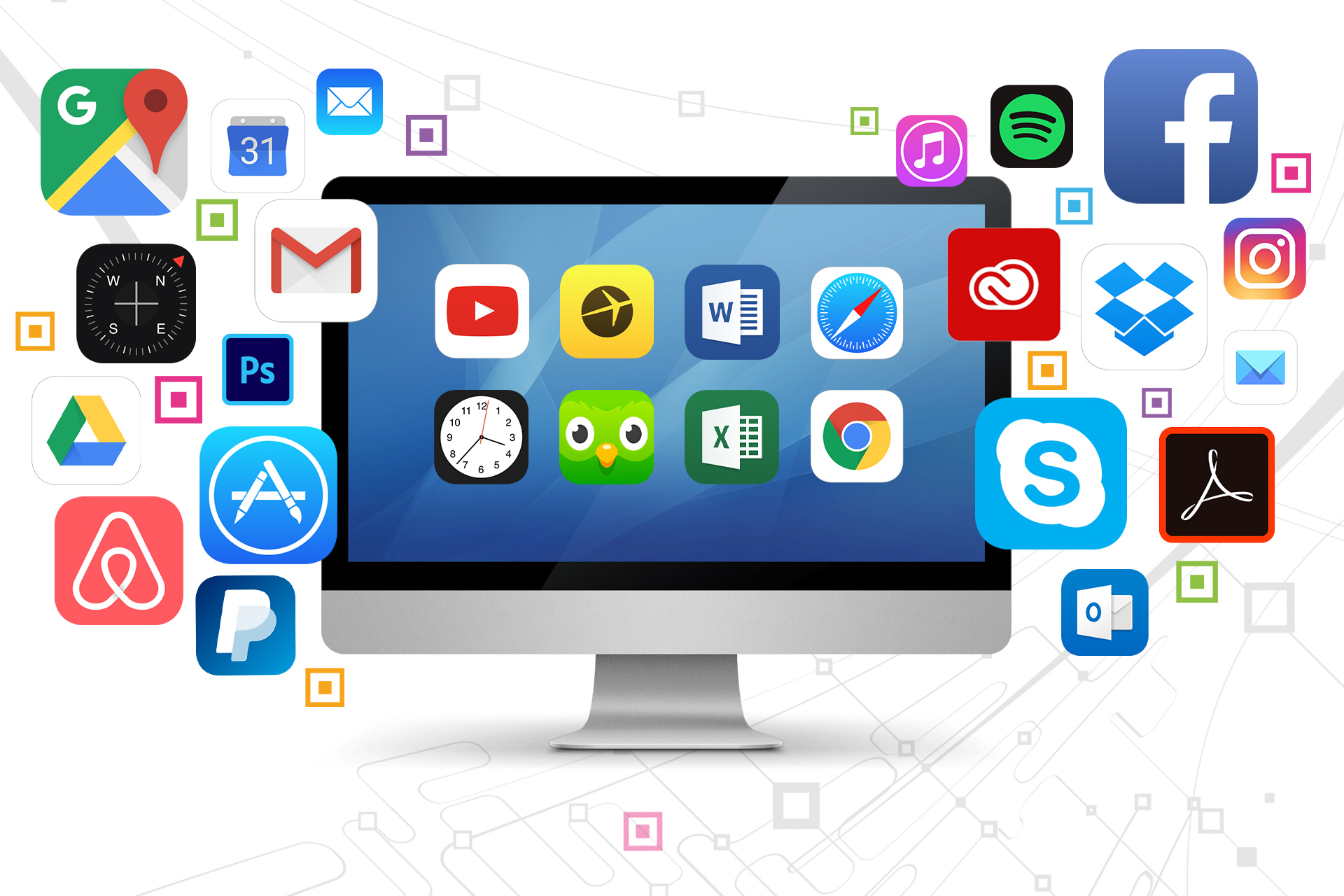
1. Custom software development
For their day-to-day operations, some businesses require custom software. These businesses employ custom software development rather than mass-produced software packages. Applications are developed by software development firms or in-house software development teams for the company's exclusive use.
2. Enterprise resource planning (ERP) software
ERP software makes it possible for a business to manage accounting, inventory, and human resources all from a single location. The ERP software is used by businesses to view all of the data collected by the relevant enterprise software modules in a uniform manner.
3. Business intelligence (BI) software
The data a company gathers about itself is BI. Business intelligence software makes it easier for businesses to access and analyze the vast amounts of data that are currently being generated by consolidating all of their BI data in a single location. Organizations can acquire bits of knowledge to help future activities.
4. Contract management software
Customers, suppliers, and employees are all parties to numerous contracts. Software for contract management makes it easier for everyone to keep track of everything in a contract, from initial negotiations to monthly billings.
5. Performance management software
Professionals in human resources frequently rely on performance management software to monitor employee performance. Large amounts of data can be organized and analyzed more effectively with this software.
6. Customer relationship management (CRM) software
A company's collection and management of client data are referred to as "customer relationship management."The best CRM software is used by businesses to keep track of customer information from service calls, previous purchases, and other sources. Businesses gain a better understanding of their customers and close more deals with them thanks to these insights.
Systems and operations
The services and systems that businesses use to run their operations effectively are covered by the following terms.
1. Content management system (CMS)
Content management is managed by a CMS on every website. Most CMS solutions include a web-based publishing feature that allows for content formatting and editing without using HTML5. One-to-one marketing tools are another feature of many CMS solutions that enables targeted advertising.
2. Document management
Within an organization, document management includes document creation, sharing, organization, and storage. You can use the best document management software to make document management easier, whether you choose cloud-based or self-hosted options.
3. Learning management system (LMS)
For employee training, businesses use learning management systems. Human resources departments can use these systems to plan, carry out, and evaluate the training process. The software of a learning management system typically includes interactive features like video conferencing and discussion forums.
4. Managed services
To save money and boost productivity, businesses can outsource many of their day-to-day operations. Two examples are managed services for information technology and outsourcing human resources.
5. Version control
Version control stops people from overwriting the work of their colleagues and preserves historical data, allowing you to go back and see how a task was done. When teams collaborate on systems, version control makes it possible to make progress on multiple fronts. Better troubleshooting may also be made possible by having access to older versions.
6. Distributed systems
A distributed system for handling server requests and data may be advantageous for larger businesses. To provide a service, compute data, or complete tasks, this system makes use of several computers connected to the network.
7. Merchant account
Before a company can accept credit or debit card transactions, it needs to have a merchant account, which is in agreement with banks. Banks charge merchants an interchange fee and possibly other fees in exchange for converting credit card payments into cash.
Marketing

The following tech terms are used in business marketing.
1. Minimum viable product (MVP)
An MVP is frequently created by a startup team as it tries to get its business off the ground. An MVP is a product's simplest, most functional version—a working first draft that developers can tweak later. The goal of an MVP is to get valid feedback on the product in order to get the most out of the least amount of work and development.
2. Chatbots
An algorithm known as a chatbot attempt to select the most pertinent response from a database of preloaded responses by identifying keywords in user input strings. A chatbot that recognizes the words "when" and "open" might, for instance, display a list of opening times. When they are unable to resolve a problem, chatbots use machine learning to improve their performance and refer unhappy customers to a human operator.
3. Email marketing
The practice of promoting goods and services via email is known as email marketing. Emails can be made by businesses with pictures, videos, and other content that customers will be more likely to see than just text. The best email marketing software is used by many businesses to manage and automate distribution lists, campaigns, and analytics.
4. Content curation
Content curation is choosing content to share online. You can cultivate new content from existing content, but it’s critical to refresh and revise your content to stay relevant. Redrafting content also meets search engine algorithm specifications for higher ratings. Now a days you can use many AI-based content to generate high profile SEO optimized content. one of the example is ChatGPT, you want to know more Click here for more on ChatGPT
5. Engagement
Tracking engagement is the process of finding out how many people use your online resources and how often they interact with your social media efforts. Your audience's level of engagement on social media or a website tells you a lot about how well they understand your message.
6. Impressions
Every time someone views a piece of corporate social media content, an impression is made.
7. Organic
In marketing, content that people have viewed because of their natural (organic) keyword searches rather than click-through advertising is referred to as "organic."
8. A/B testing
Using A/B testing, a company can test two versions of its online content with two different test groups to see which one gets the most attention. A design for a webpage, an email for marketing, or a blog post are all examples of content. Predicting which option will be most popular with the general public is made easier by this testing, which helps to narrow down marketing and advertising options. Future design choices, marketing, and sales campaigns are shaped by the results.
9. Marketing automation
Emails, social media, reporting, analytics, and customer relationship management are some examples of marketing automation tools that are used by some online services and software to assess the success of marketing campaigns and activities. Posts on social media can be written and scheduled to go out, and responses and interactions can be tracked to see how well they worked.
Thank you much for reading the post. Please support us for more such posts.
What's Your Reaction?
 Like
0
Like
0
 Dislike
0
Dislike
0
 Love
0
Love
0
 Funny
0
Funny
0
 Angry
0
Angry
0
 Sad
0
Sad
0
 Wow
0
Wow
0



